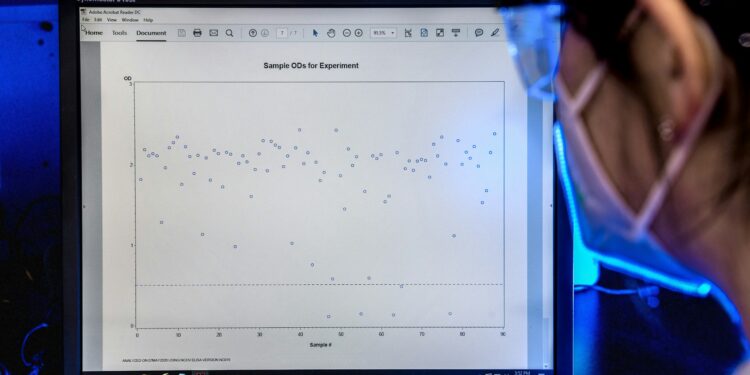What are they hiding?
Scientists are calling for the U.S. Centers for Disease Control and Prevention (CDC) to release data regarding the risks of bird flu to humans and pets after the data was briefly posted online and quickly removed. The data was part of a report on air quality and California wildfires, and it was not included in the embargoed version of the CDC’s Morbidity and Mortality Weekly Report (MMWR) shared with the press. The deleted data included information about cats infected with the H5N1 virus, which raised concerns that the virus may have been transmitted from cats to humans.
The deleted table revealed a case in which a cat infected with the H5N1 virus spread it to another cat and a human in the same household. Another case involved a dairy worker who showed symptoms of the virus, followed by a cat that fell ill and died shortly after. Scientists are concerned that withholding this data could hinder public health efforts, and they are urging the CDC to release the full information for further review.
While there have been 67 confirmed human cases of H5N1 infection in the U.S., with one fatality in Louisiana, the virus has not spread easily between people. However, there is growing concern about the impact of H5N1 on domestic cats, as they are highly susceptible to the virus. Since 2022, the U.S. Department of Agriculture (USDA) has reported over 85 cases of infected cats, many of which have been linked to contaminated raw pet food or raw milk.
Experts like Dr. Diego Diel, a veterinarian at Cornell University, have emphasized the need to understand the risks of H5N1 transmission from cats to humans, especially given the close contact between people and their pets. While the virus has primarily affected birds in the past, newer strains have been found to infect mammals, raising the possibility of mutations that could increase the risk to humans.
The situation has been further complicated by a federal communications blackout imposed by President Donald Trump early in his administration. This ban affects not only the CDC but also other health agencies such as the Food and Drug Administration (FDA) and the National Institutes of Health (NIH). As a result, public health information has been restricted, leading to calls for more transparency and timely communication from federal agencies.

































Discussion about this post